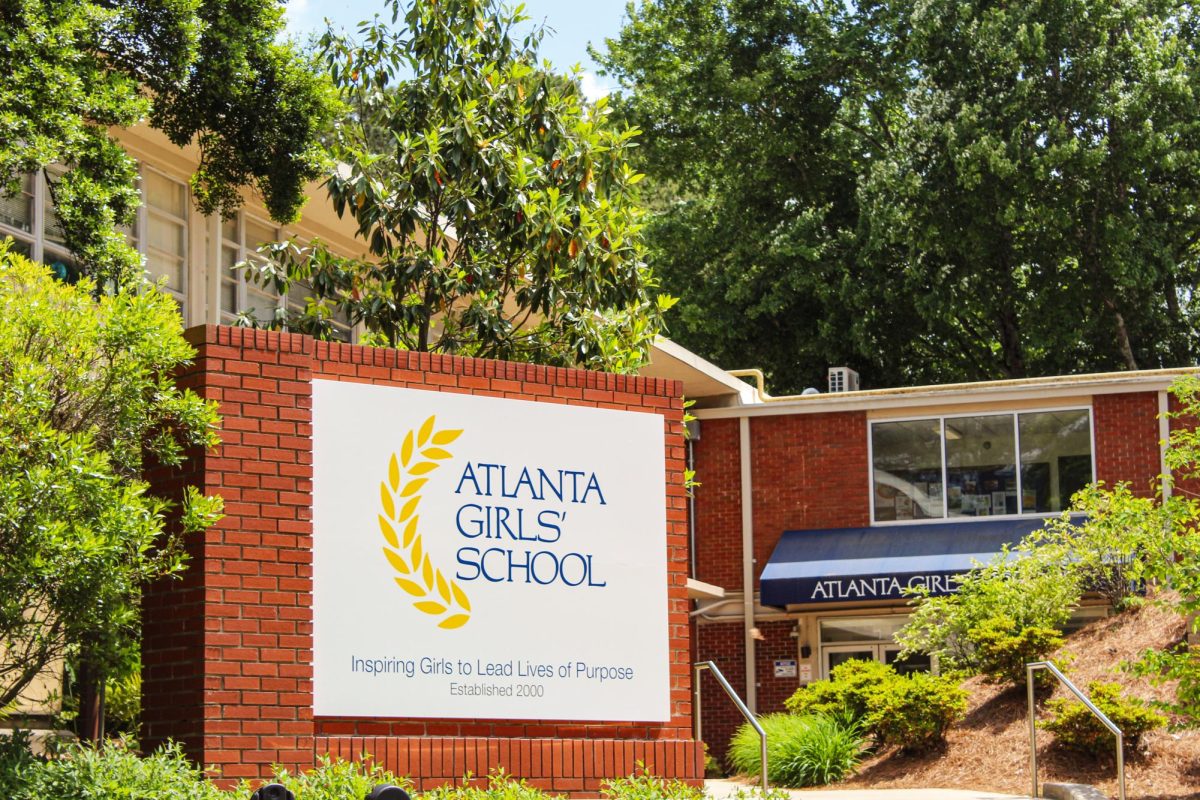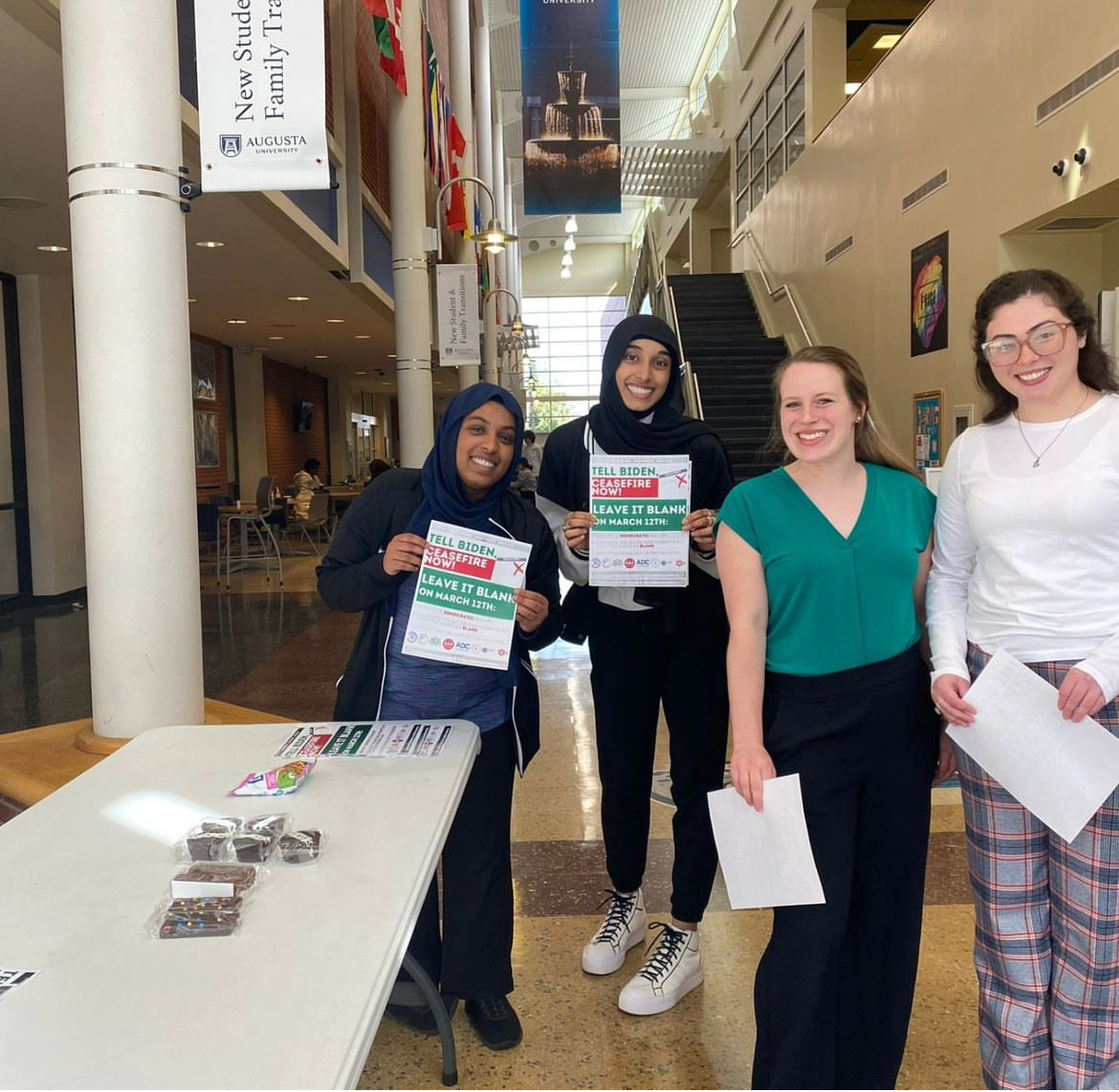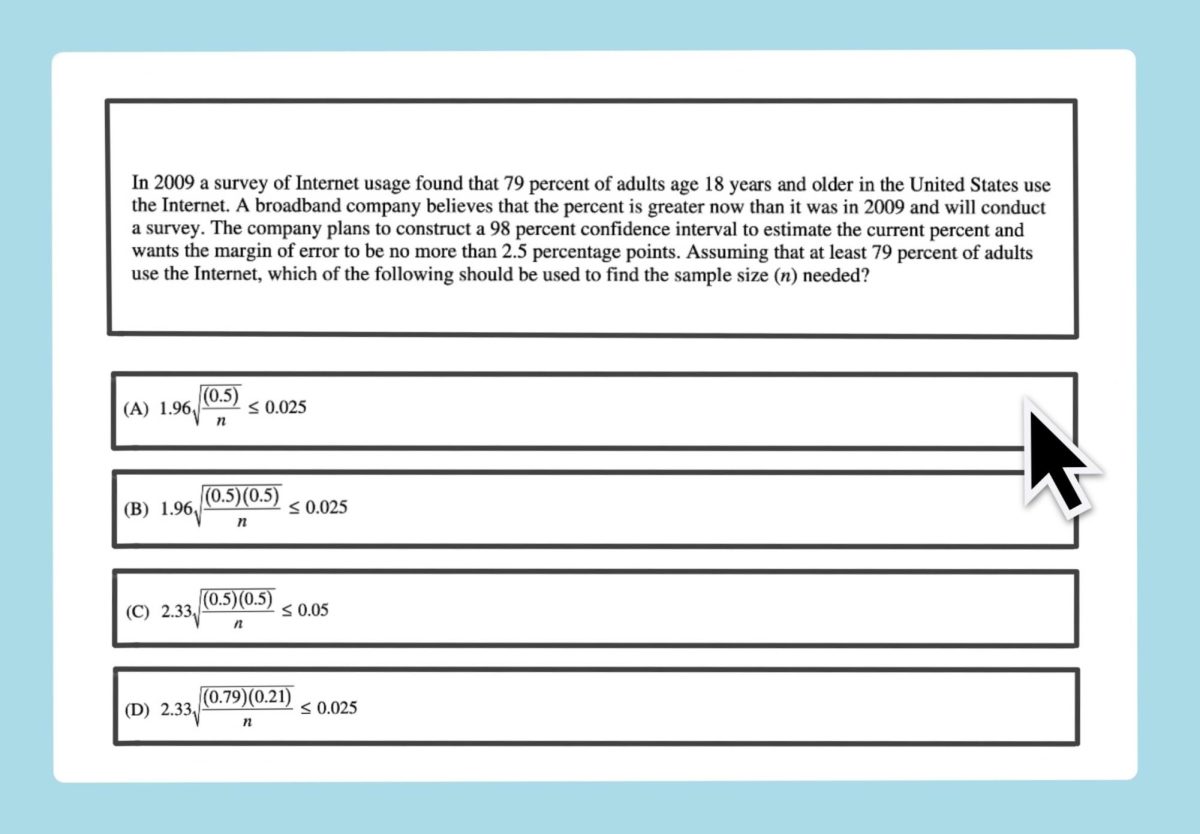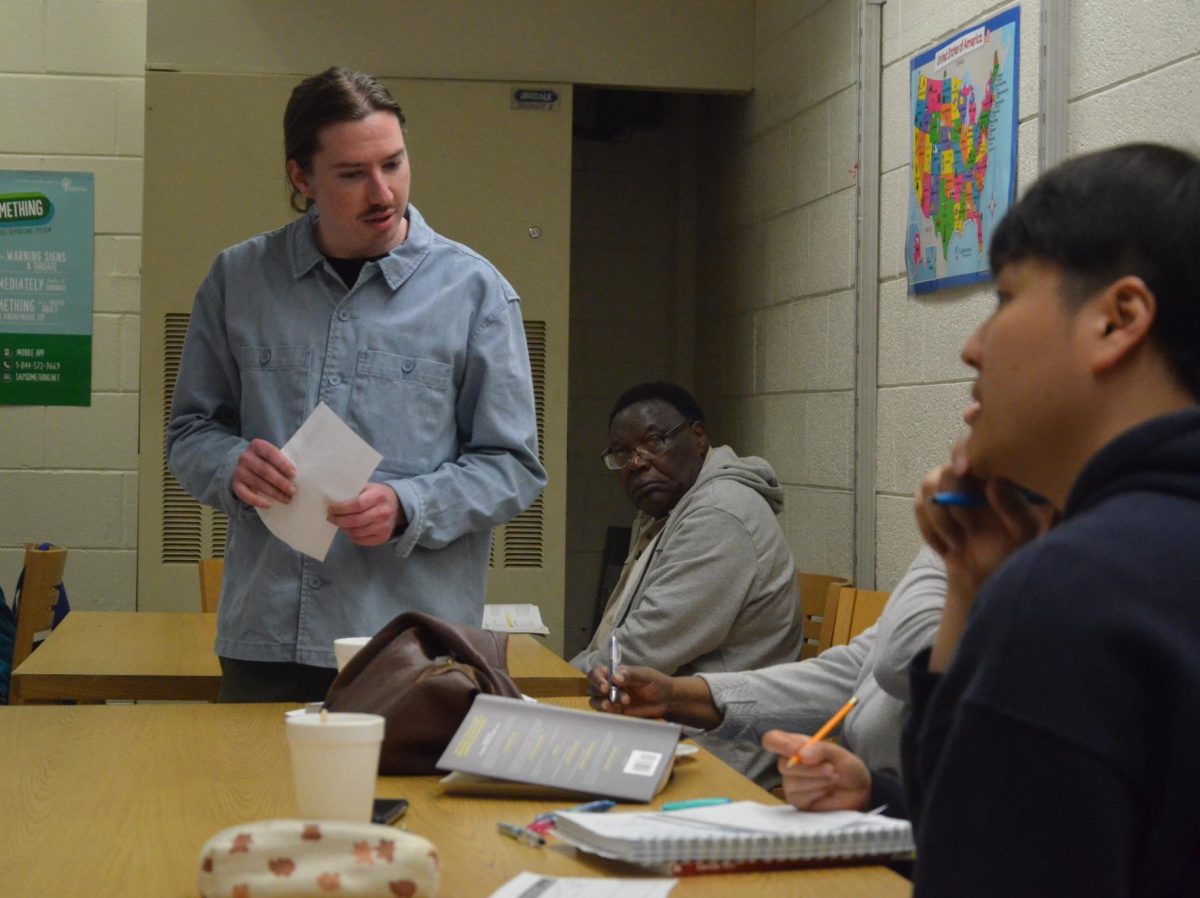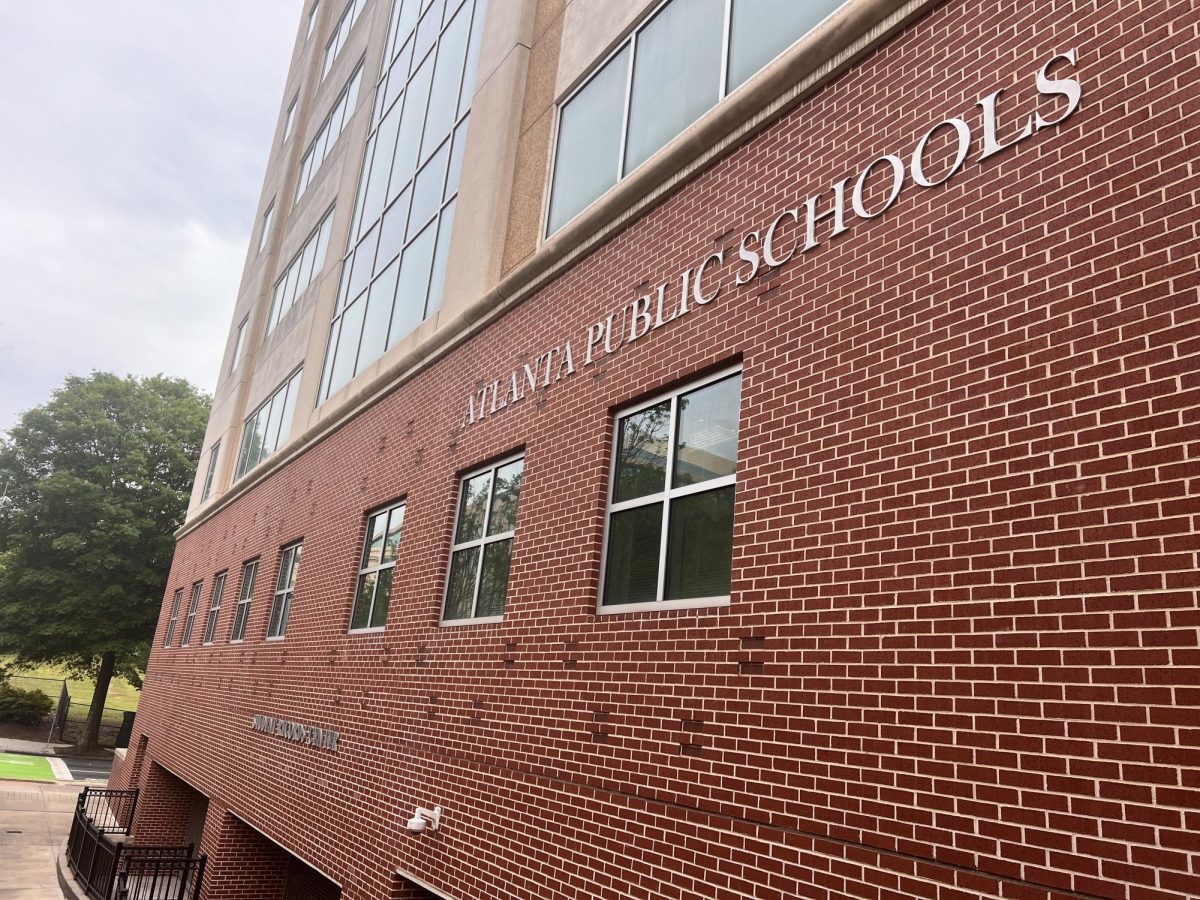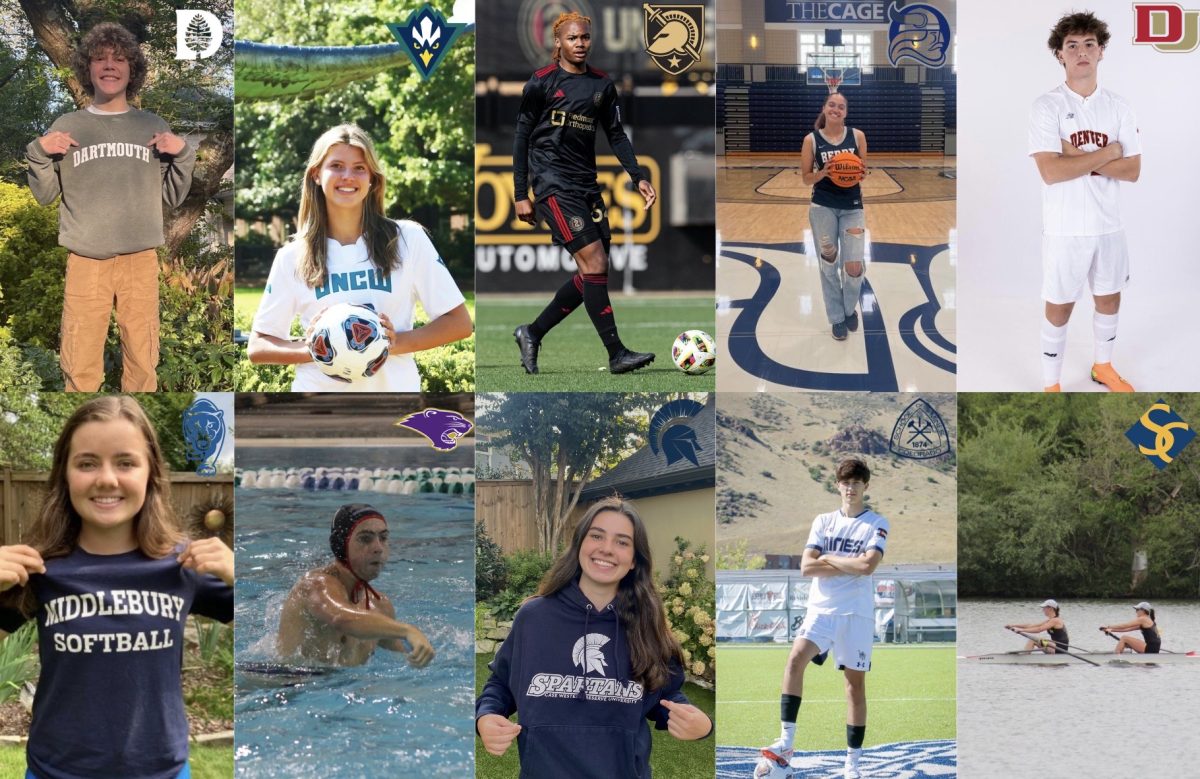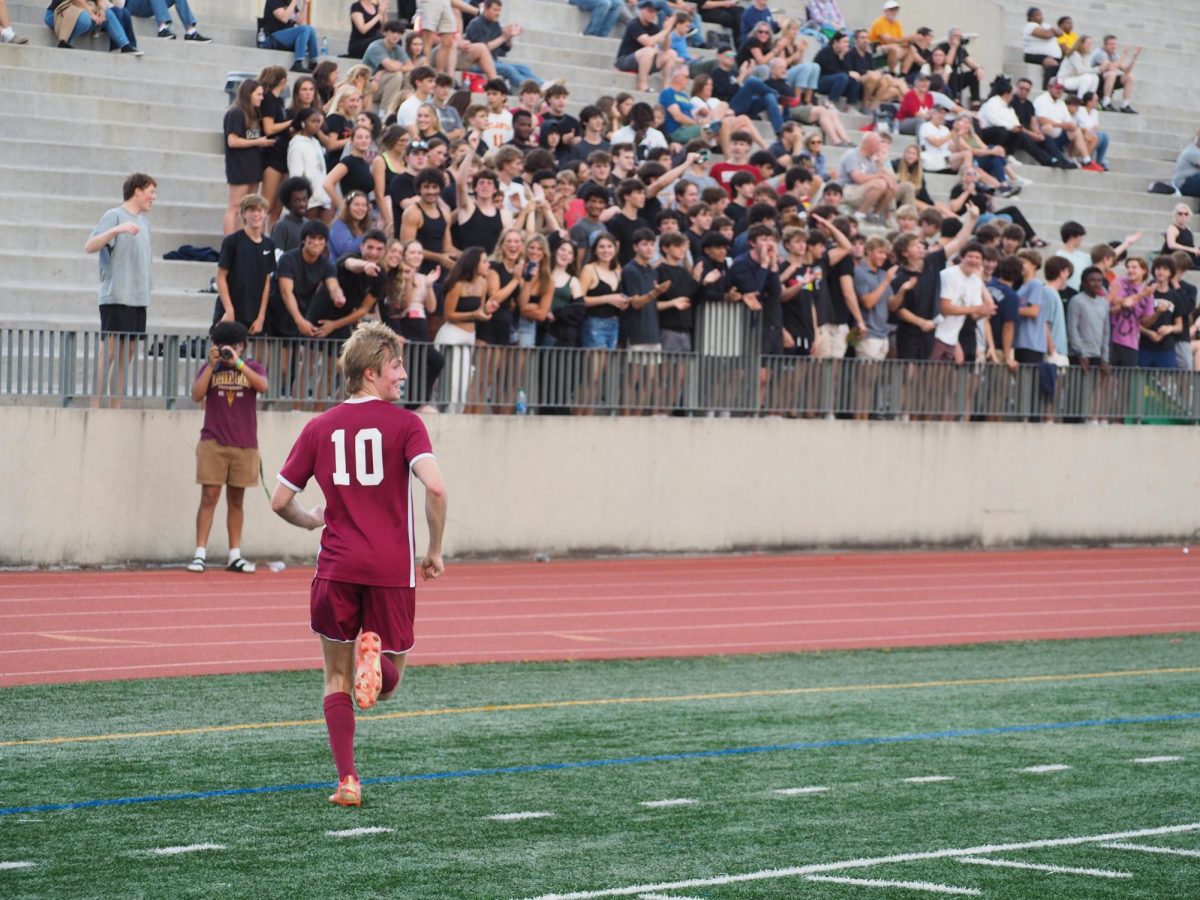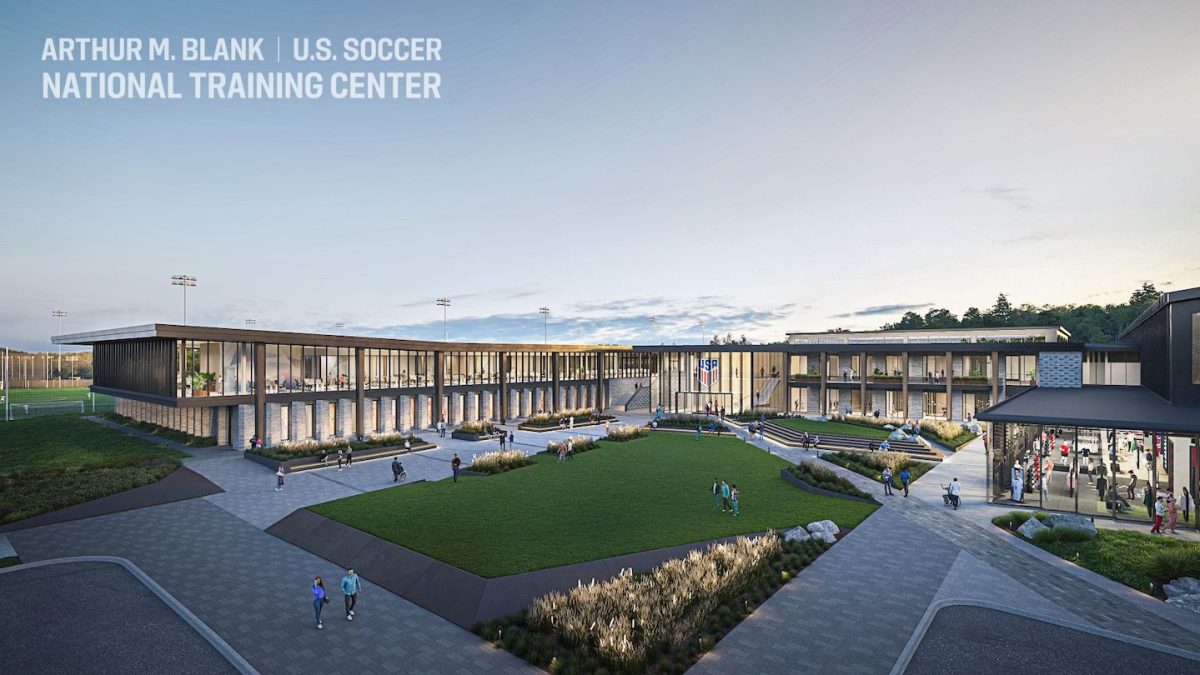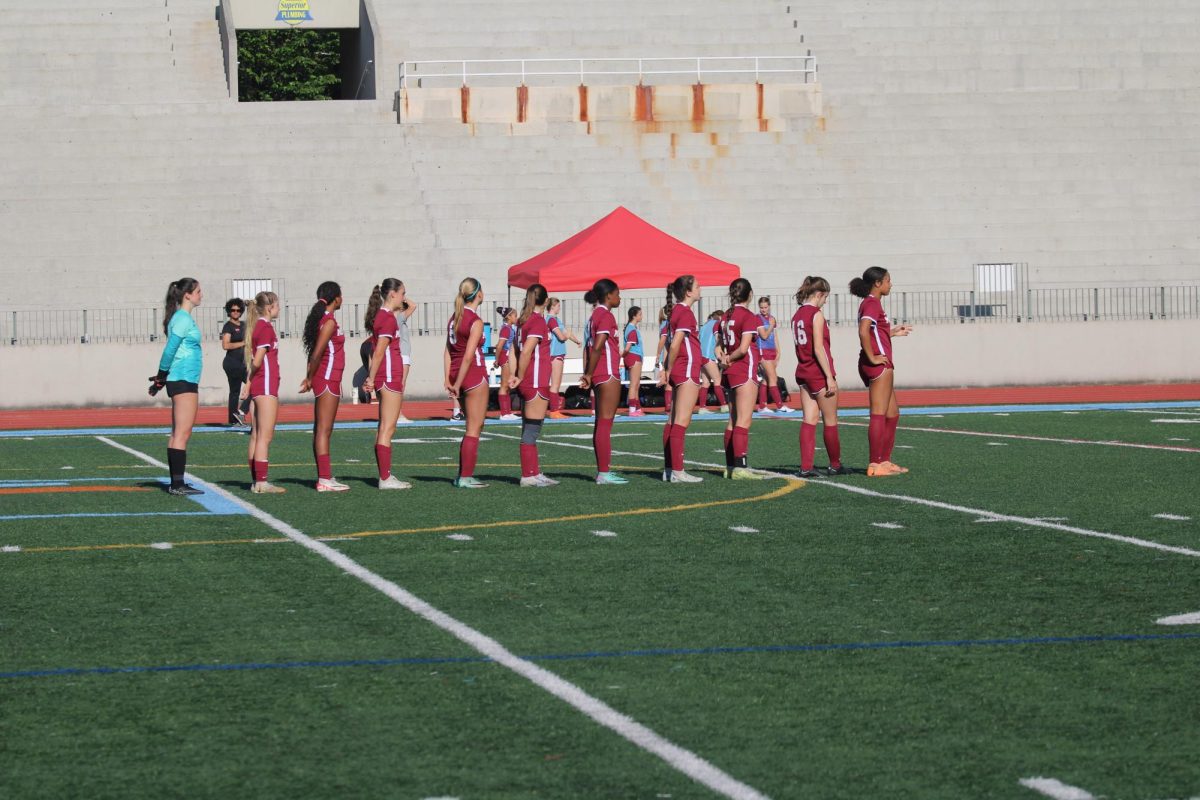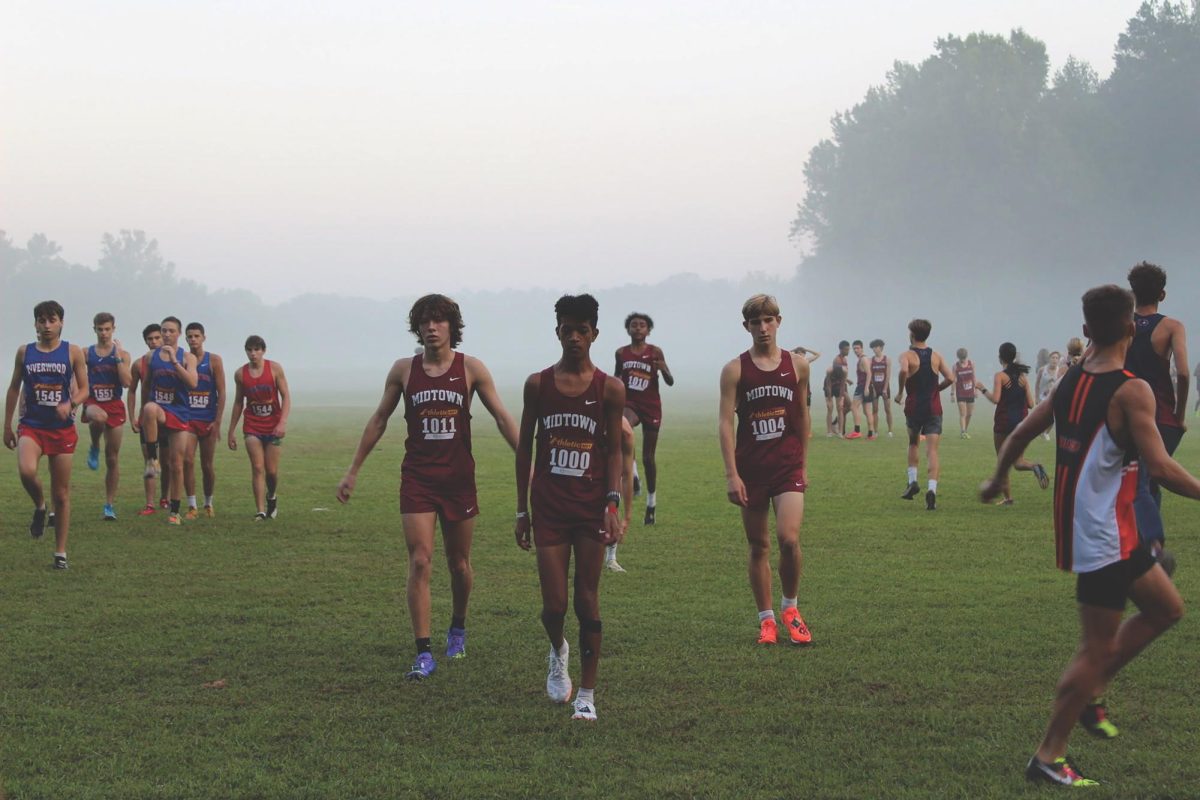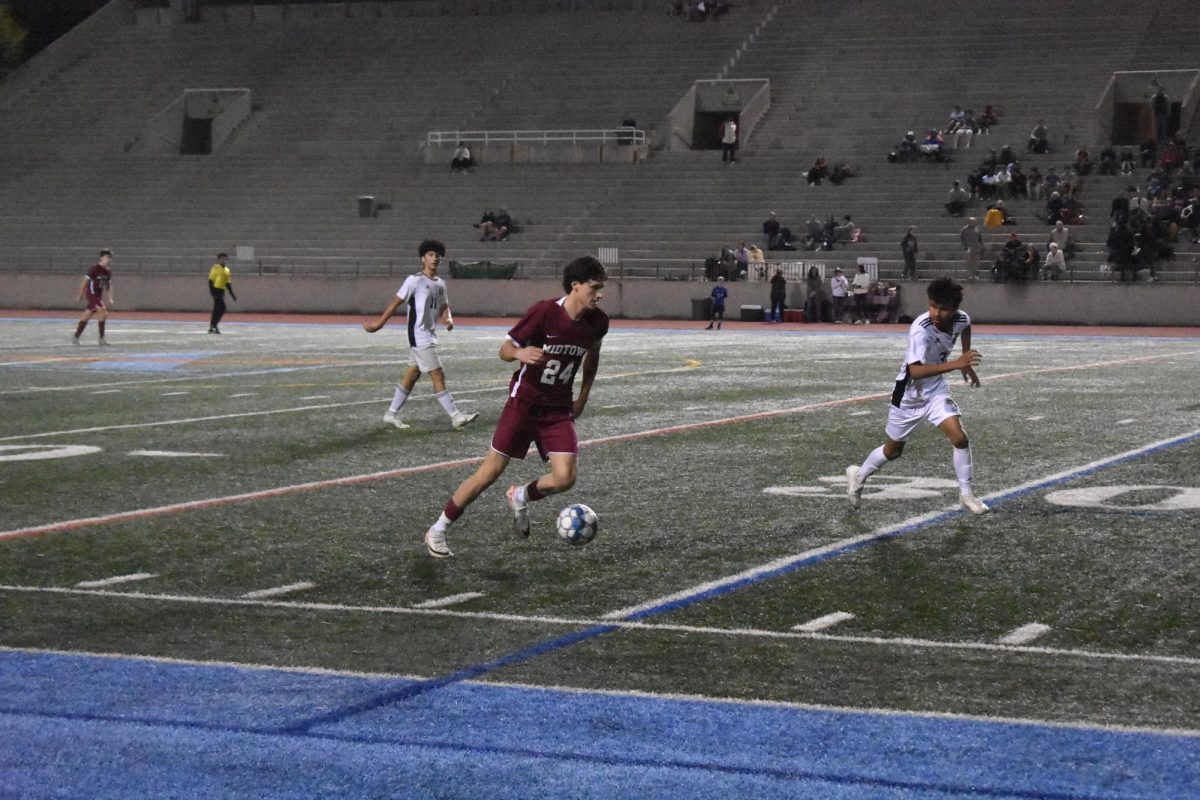Another March has passed, tak- ing the highly lucrative NCAA March Madness tournament with it. Though technically an amateur event, the tournament’s profitabil- ity has turned it into a well-oiled corporate machine.
The tournament’s popularity this March was as big as ever—fans filled out an estimated 40 million brackets. CBS and Turner Sports networks broadcast paid the NCAA a combined $10.8 bil- lion to broadcast the event through 2024.
Over-the-top ads from the NCAA’s corporate partners hounded the masses during frequent commercial breaks in the live coverage. According to Kantar Media, compa- nies spent a combined $1.15 billion for advertising time Sponsorship deals with large sportswear companies were also a fixture of the tournament. Nike, Adidas and Under Armour each paid millions to outfit tournament hopefuls at the beginning of the season. Nike was particularly lucky: five of the Elite Eight’s uniforms featured the iconic swoosh. The Wall Street Journal estimates by the tournament’s end, the NCAA had netted $900 million in revenue, 80 percent of its predicted annual total.
With all this corporate madness, the NCAA and its member schools have seemingly forgotten that March Madness players are still college students. It’s easy to lose sight of this detail—players are predominantly featured in the media, and many are household names.
With their focus fixatedly on a tournament bid, college coaches push their teams to practice longer and longer hours, prioritizing athletics over their players’ educations.
CBS News reported the average Division I basketball player practices 41.5 hours per week, longer than the typical work week.
It is hardly surprising then, a USA Today study reported almost two-thirds of Division I athletes said they consider themselves athletes rather than students.
The NCAA asserts that universities must prioritize ath- letes’ class schedules over practice time, but it commonly schedules sporting events that conflict with the academic calendar. Teams who participated in this year’s March Madness missed several days of classes.
A study conducted by insidehighered.org found men’s basketball players miss an average of 2.4 classes per week, with 20 percent missing more than three classes per week.
To combat long practice times, many athletes pick courses that require relatively small amounts of course- work. Many colleges even encourage their athletes to take these classes. In the extreme case of the University of North Carolina, basketball players were enrolled in courses that didn’t even exist.
Some universities have entirely given up pretending their athletes are working towards diplomas. The University of Kentucky, a perennial March Madness contender, continually fields teams made up of multiple players who expect to leave for the NBA after their fresh- man year. UK doesn’t care that these students will never graduate. The university woos its recruits solely with the hope that they to its campus.
The University of Arizona, another basketball power- house, has followed Kentucky’s lead. According to the documentary, Declining by Degrees, more UA basketball players have become NBA All-Stars than have actually graduated from the university.
While universities cannot stop their athletes from drop- ping out, most don’t put any effort into curtailing this “one- and-done” culture. By allowing such a high percentage of their players to leave without graduating, UK and UA are neglecting their educational obligations to their players.
The NCAA, however, still insists college athletics exist pri- marily as a vehicle students may use to receive an education. This is clearly no longer the case. The NCAA’s cor- porate finagling has proved that it is entirely focused on profit. A culture of greed has resulted, permeating every aspect of college athletics. Many universities just add to the problem when they force their athletes to prioritize practices over classes.
Players are students and should be treated as such. If the rift between academics and athletics is not reconciled, America will end up with a failed higher education sys- tem- something much worse than a busted bracket.

